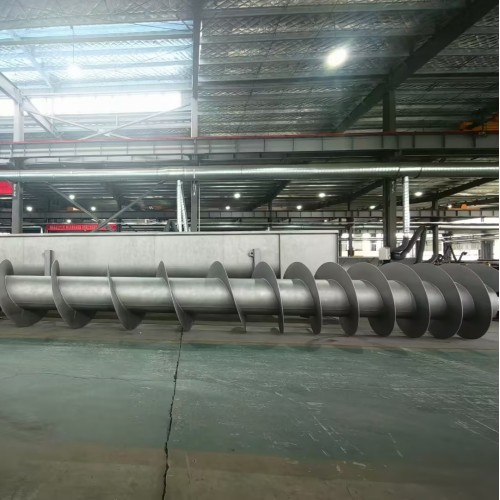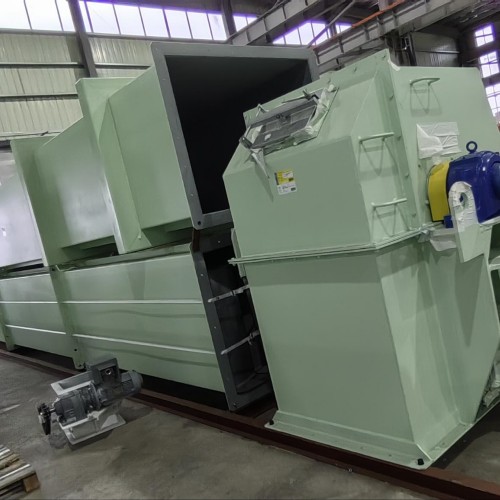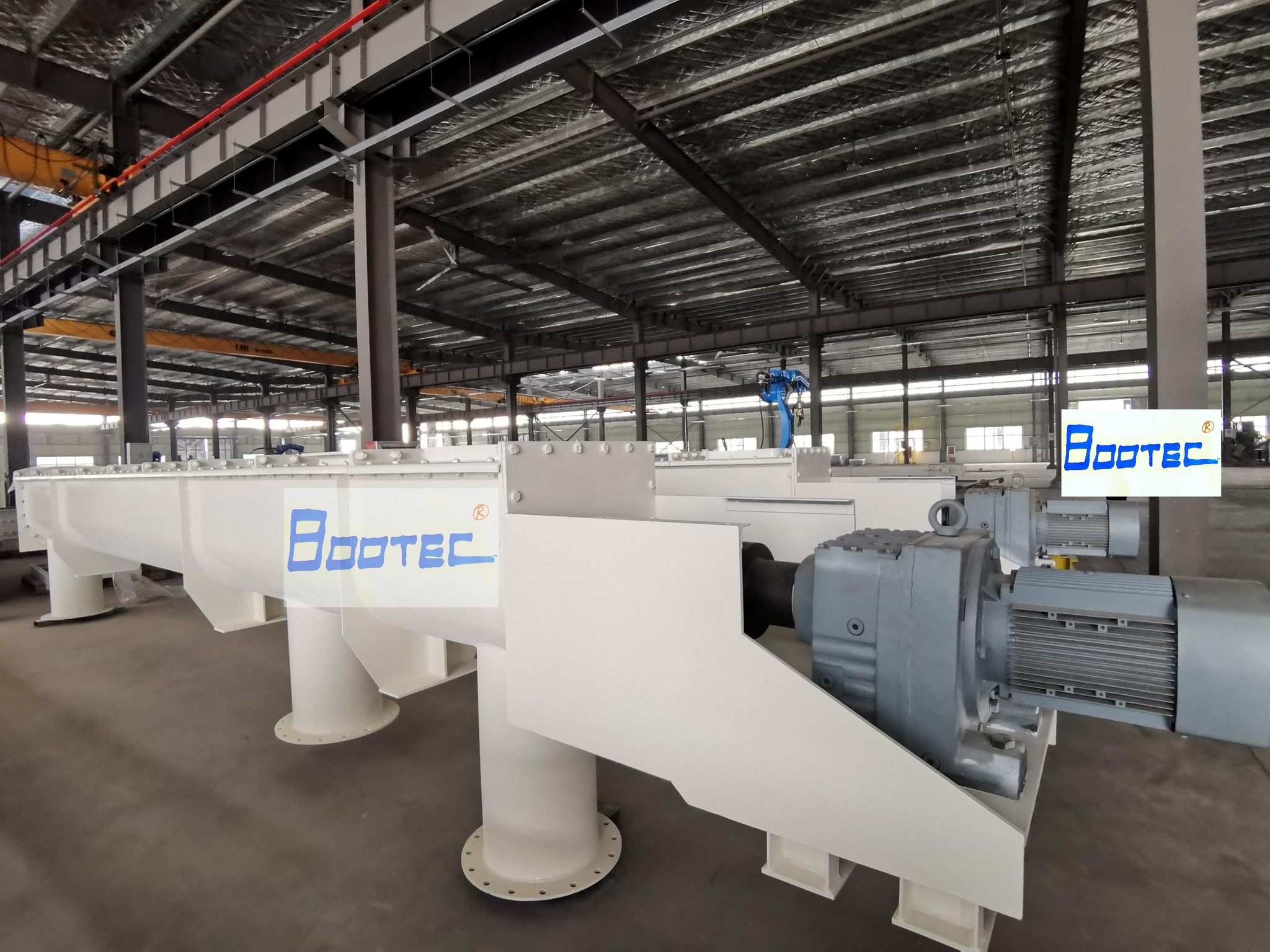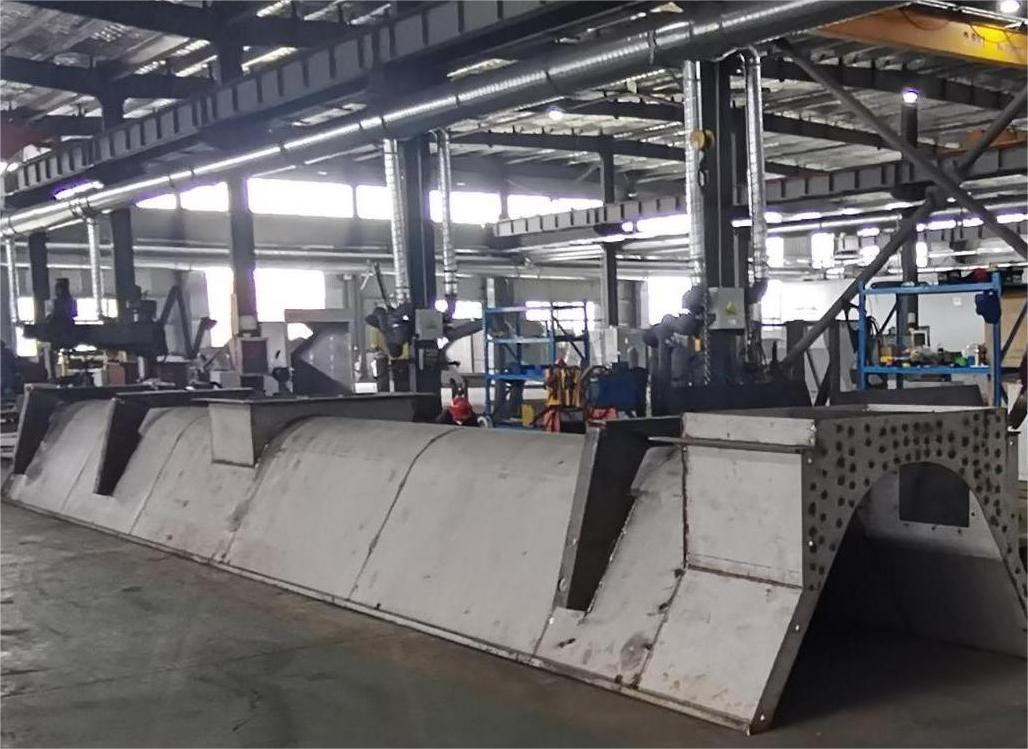
2 wave metal expansion joint Size 400*400
Expansion joints in conveying systems, like piping, are crucial for accommodating movement and vibration, protecting adjacent equipment, and ensuring efficient operations, especially when dealing with high temperatures or pressures.
Here’s a more detailed explanation:
Purpose:
Expansion joints, also known as compensators, are designed to absorb thermal expansion and contraction, as well as vibrations and movements in piping systems.
Materials:
They are typically made from metal bellows (like stainless steel), plastic (PTFE), fabric (glass fiber), or elastomers (rubber).
Function:
The bellows component, formed by corrugated tubing, allows for flexibility to accommodate axial, lateral, and angular deflections.
Applications:
They are used in various industries, including energy production, chemical processing, water treatment, and oil and gas, where pipelines are exposed to thermal or vibrational movement.
Benefits:
• Movement Accommodation: Expansion joints allow for movement in piping systems, preventing damage to pipes and connected equipment.
• Vibration Absorption: They absorb vibrations, reducing noise and preventing damage to equipment.
• Damage Prevention: They protect against damage caused by thermal expansion, contraction, and other movements.
• Efficient Operations: By accommodating movement, expansion joints ensure efficient and productive operations.
Types:
• Metal Bellows: Common and versatile, suitable for various applications.
• Rubber: Used for flexible connections and vibration absorption.
• Fabric: Used for high-temperature applications.
• Plastic (PTFE): Suitable for corrosive or acidic environments.
Design Considerations:
• Alloy Selection: The material used for the bellows must be compatible with the fluid being conveyed and withstand the operating pressures and temperatures.
• Wall Thickness: The thickness of the bellows affects its flexibility and ability to absorb movement.
• Convolution Geometry: The shape and size of the corrugations (convolutions) determine how much movement the expansion joint can absorb.






